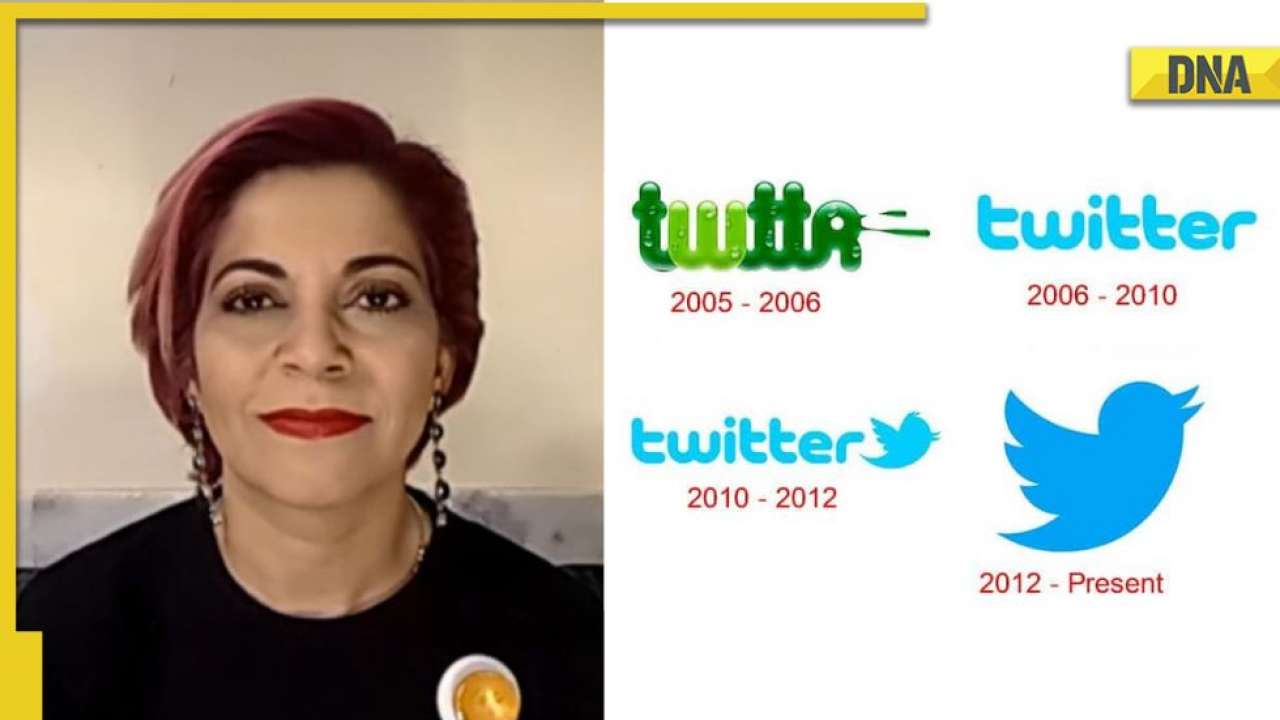Sohit Reddy Kalluru, an SAP Solution Architect, is transforming supply chains using mobility, RFID, and automation, driving efficiency and preparing for future tech.
In today’s fast-paced global economy, supply chains face unprecedented pressures, from demand volatility and labor shortages to sustainability mandates and rapid technological change. To understand how leading experts are overcoming these hurdles, we spoke with Sohit Reddy Kalluru, a seasoned SAP Solution Architect and supply chain transformation leader, whose innovative work is reshaping warehousing and distribution operations worldwide.
Understanding the Modern Supply Chain Landscape
Q: Sohit, supply chains have become more complex and interconnected than ever. From your perspective, what are some of the core challenges companies face in managing warehousing and distribution today?
A: Multiple factors are converging to create complexity. First, consumer expectations have evolved — customers demand faster deliveries with greater accuracy and transparency. This puts pressure on warehouses to operate efficiently while managing increased order volumes and variety.
Second, the labor market is tight, leading to workforce shortages and high turnover, which impacts productivity and operational continuity.
Third, data fragmentation is a big issue. Many companies still operate with disconnected systems, resulting in siloed information that limits visibility and slows decision-making.
Finally, sustainability has become non-negotiable. Businesses must reduce waste, energy consumption, and their carbon footprint while maintaining cost-effectiveness. Balancing these demands requires innovative approaches and the adoption of new technologies.
Mobility Applications: A Catalyst for Transformation
Q: Your expertise in mobility applications is well-recognized. How have these solutions helped companies overcome operational inefficiencies?
A: Mobility applications have revolutionized warehouse operations by putting critical tools directly in the hands of frontline workers. Traditionally, warehouse staff had to rely on paper-based processes or fixed terminals, which slowed down tasks and increased errors.
This mobility solution enables workers to perform tasks such as inbound receiving, inventory counting, picking, and outbound shipping using handheld devices or tablets, significantly reducing manual steps and error rates.
For example, in a recent implementation at a large distribution center, this mobility solution achieved a 25% improvement in inbound receiving efficiency. The system also provides immediate updates to SAP ERP and Extended Warehouse Management systems, ensuring inventory data is accurate and current.
Moreover, these applications are designed with offline functionality, which is critical in warehouse environments where wireless connectivity can be spotty. This ensures uninterrupted work and data synchronization once the connection is restored.
Integration: Bridging Systems for Seamless Operations
Q: Integration with existing ERP systems is essential. How do your mobility applications work within these complex IT ecosystems?
A: Seamless integration is fundamental to maximizing the value of mobility tools. The solutions connect in real time with core SAP systems, eliminating duplicate data entry and enhancing data integrity.
This integration provides managers with comprehensive visibility into warehouse operations, from receiving to shipping. They can monitor key performance indicators, identify bottlenecks, and make faster, data-driven decisions.
In addition, integration enables advanced functionalities such as automated replenishment, intelligent routing of picking tasks, and real-time alerts for exceptions or delays. These capabilities significantly improve responsiveness and throughput.
RFID Applications: Enhancing Traceability and Efficiency
Q: RFID technology has been touted as a transformative tool in supply chain management. How have you leveraged RFID applications in your projects?
A: RFID is indeed a powerful enabler for improving inventory accuracy, traceability, and process speed. Unlike traditional barcode scanning, RFID allows for contactless, bulk reading of items, drastically reducing scanning time and human error.
In warehouses where speed and accuracy are critical, we’ve integrated RFID systems with SAP ERP and warehouse management solutions to automate asset tracking, reduce manual counts during physical inventory, and enhance shipment verification.
One notable project involved implementing RFID in a pharmaceutical distribution center to ensure compliance with strict regulatory requirements while improving throughput. The result was a significant reduction in discrepancies and faster cycle counts, which enhanced overall operational reliability.
Solving Complex Challenges Beyond Mobility
Q: Mobility and RFID are key, but what other innovations or strategies have you championed to address supply chain complexities?
A: Beyond mobility and RFID, I have led process redesigns incorporating automation technologies like Automated Storage and Retrieval Systems (ASRS). These technologies reduce reliance on manual labor and improve traceability and compliance, especially in highly regulated industries.
During the COVID-19 pandemic, we focused on minimizing supply chain risks and accelerating order fulfillment cycles. We streamlined workflows, cutting processing steps by 30%, which resulted in substantial cost savings and improved customer satisfaction.
Another key area is user experience. We design mobility applications with intuitive interfaces tailored for warehouse environments, which reduces training time and improves adoption rates.
Impacting Industry and Clients
Q: Could you share some concrete examples of how your work has driven business impact?
A: Certainly. One client, a multinational manufacturing firm, was struggling with fragmented warehouse processes across multiple sites. We implemented a unified mobility platform integrated with SAP EWM, leading to a 20% increase in picking accuracy and a 15% reduction in order cycle time.
At another pharmaceutical distributor, we deployed mobility apps with offline capabilities, ensuring continuous operations in areas with limited network connectivity. This resulted in a 30% reduction in shipment errors and faster order turnaround.
These successes stem from close collaboration with clients to understand their unique pain points and tailor solutions that deliver measurable ROI.
The Future of Supply Chain: AI, Industry 4.0, and Beyond
Q: Looking ahead, how do you see emerging technologies like AI and Industry 4.0 shaping the future of supply chains?
A: The future of supply chain management is poised for a revolution driven by AI, Industry 4.0, and advanced automation.
Artificial Intelligence will empower predictive analytics for demand forecasting, dynamic inventory optimization, and intelligent automation of routine tasks. This will reduce waste, improve accuracy, and enable proactive problem-solving.
Industry 4.0 technologies—including IoT sensors, robotics, and blockchain—will provide real-time data and transparency across the supply chain, enhancing traceability and resilience.
Together with mobility applications, these technologies will create smart, connected warehouses capable of self-optimizing and adapting to changing conditions.
Our role as solution architects will be to design integrated ecosystems where these technologies complement each other, delivering agility, efficiency, and sustainability.
A Vision for Transformation
Q: Lastly, what is your personal mission as a supply chain technologist and leader?
A: My mission is to empower businesses to leverage technology thoughtfully and ethically, driving operational excellence while advancing sustainability goals. I believe innovation should create value not just for companies but for society and the environment.
By combining deep industry knowledge with emerging technologies, I aim to help organizations build resilient, agile, and responsible supply chains prepared for the future.
 How will teams qualify for LA28 cricket? Details emerge as sport returns to Olympics after 128 years
How will teams qualify for LA28 cricket? Details emerge as sport returns to Olympics after 128 years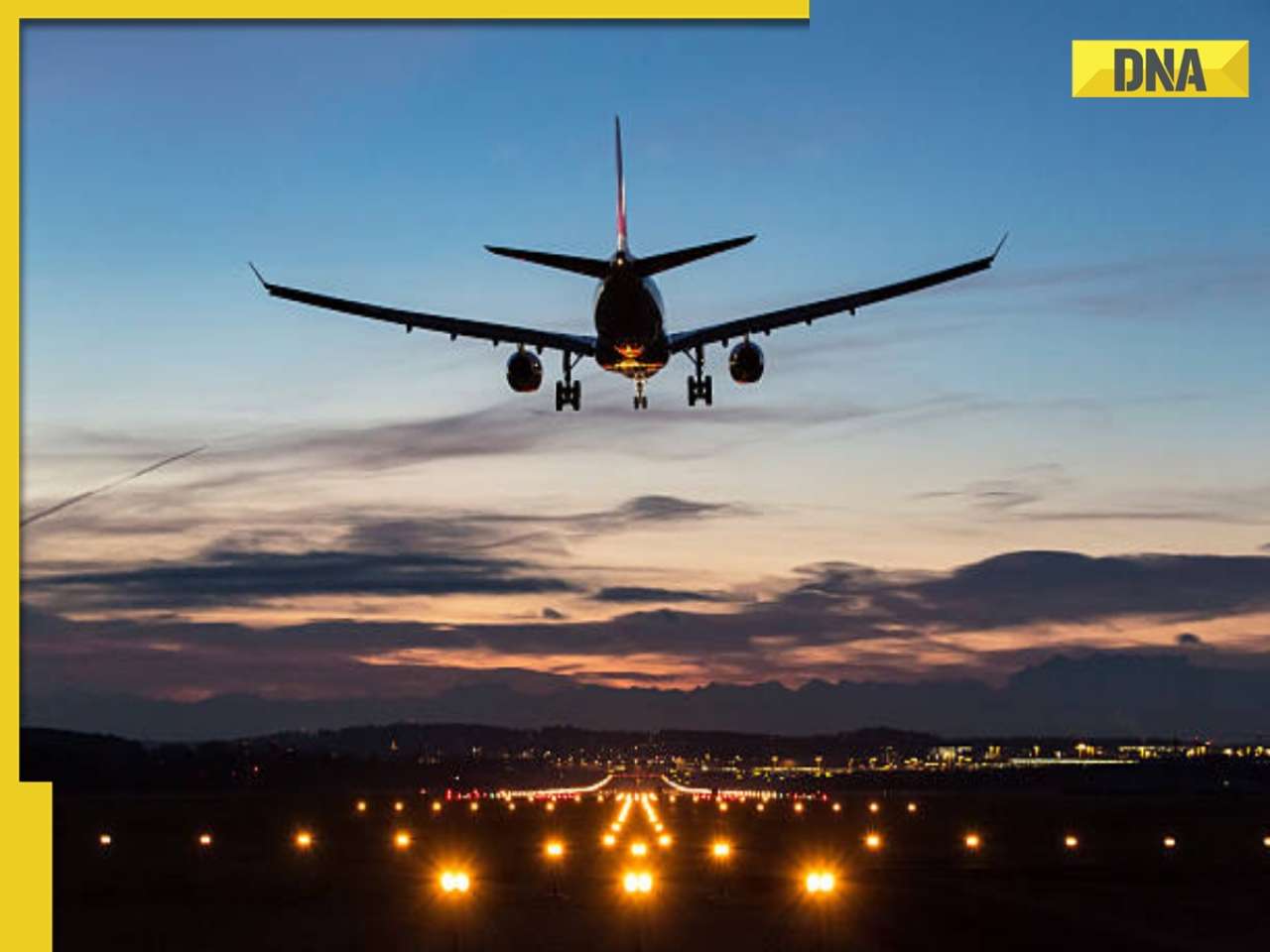 Delhi-Goa IndiGo flight makes emergency landing due to a mid-air engine failure
Delhi-Goa IndiGo flight makes emergency landing due to a mid-air engine failure Before Dhadak 2, Siddhant Chaturvedi was set to romance Triptii Dimri in this romantic drama but he was replaced by...
Before Dhadak 2, Siddhant Chaturvedi was set to romance Triptii Dimri in this romantic drama but he was replaced by... SL vs BAN: Mahedi Hasan creates history, shatters Harbhajan Singh's 13-year-old record in Colombo T20I
SL vs BAN: Mahedi Hasan creates history, shatters Harbhajan Singh's 13-year-old record in Colombo T20I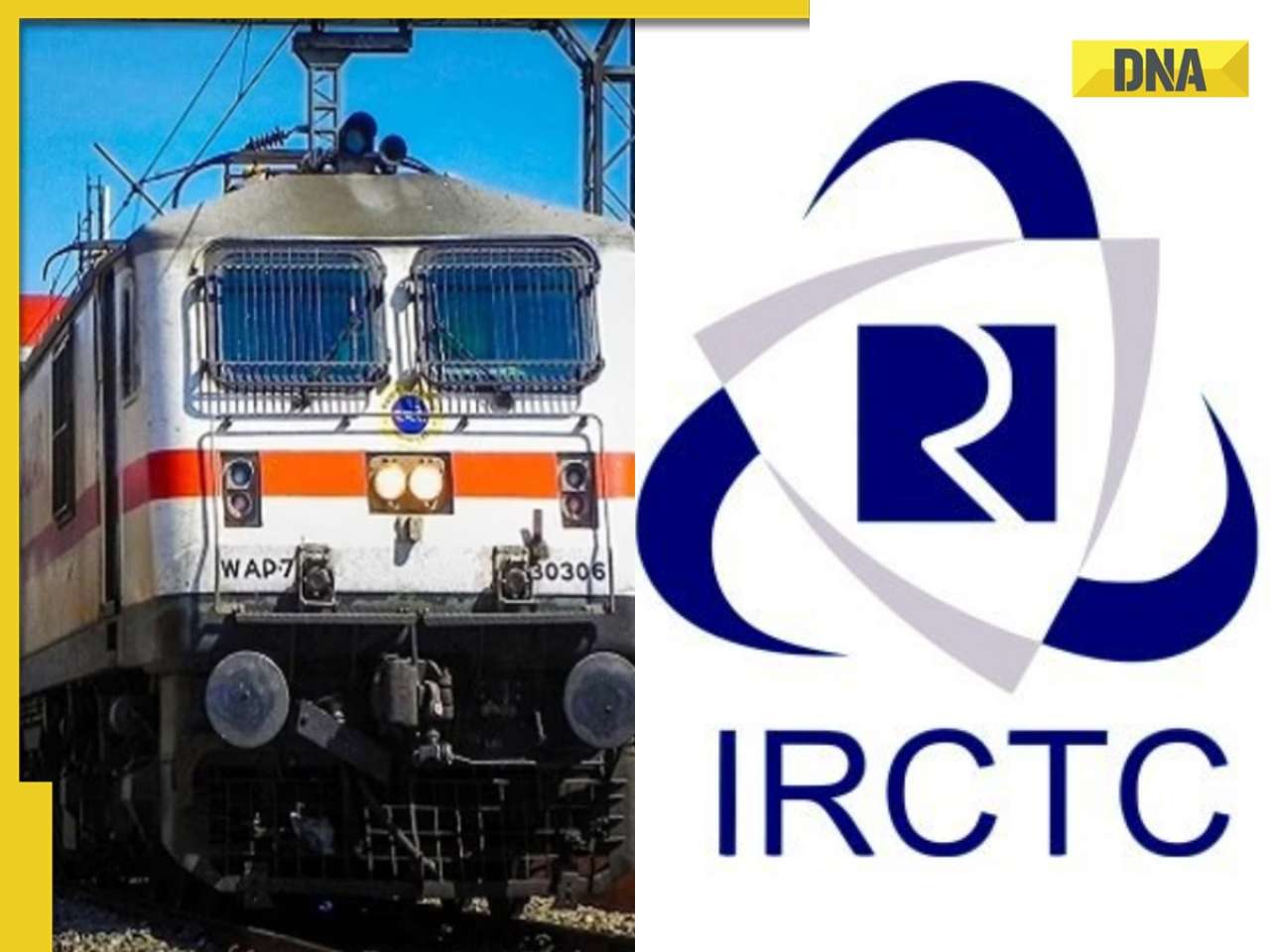 No OTP, no Tatkal ticket: Indian Railways makes Aadhaar OTP verification mandatory for online Tatkal booking; check details
No OTP, no Tatkal ticket: Indian Railways makes Aadhaar OTP verification mandatory for online Tatkal booking; check details 7 mesmerising images of star formation captured by NASA
7 mesmerising images of star formation captured by NASA What is brain fog? 7 Ways to overcome it
What is brain fog? 7 Ways to overcome it Sawan 2025: Move beyond Tip Tip Barsa Paani, this rainy season groove on these sizzling songs
Sawan 2025: Move beyond Tip Tip Barsa Paani, this rainy season groove on these sizzling songs Kang Seo‑ha to Kim Sae‑ron: K‑drama, K-pop icons we lost recently
Kang Seo‑ha to Kim Sae‑ron: K‑drama, K-pop icons we lost recently Our Golden Days, My Lovely Journey, Beyond the Bar: 8 must-watch K-dramas in August 2025
Our Golden Days, My Lovely Journey, Beyond the Bar: 8 must-watch K-dramas in August 2025 Nimisha Priya Case: Who Was Talal Abdo Mahdi? Inside The Tragic Story Behind Nimisha Priya’s Case
Nimisha Priya Case: Who Was Talal Abdo Mahdi? Inside The Tragic Story Behind Nimisha Priya’s Case US News: Trump Confident On India Trade Deal | “We’re Going to Have Access Into India" | PM Modi
US News: Trump Confident On India Trade Deal | “We’re Going to Have Access Into India" | PM Modi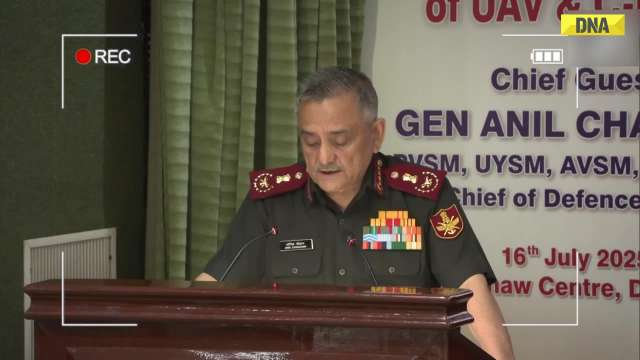 CDS Anil Chauhan On Op Sindoor: Pakistani Drones Neutralised Using Kinetic, Non-Kinetic Tactics
CDS Anil Chauhan On Op Sindoor: Pakistani Drones Neutralised Using Kinetic, Non-Kinetic Tactics Nimisha Priya Case: Grand Mufti In Talks With Yemen Scholars, Urges For Release Of Indian National
Nimisha Priya Case: Grand Mufti In Talks With Yemen Scholars, Urges For Release Of Indian National Nimisha Priya Case: How Nimisha Priya’s Life Took a ‘Dark Turn’ | From Nurse to Death Row In Yemen
Nimisha Priya Case: How Nimisha Priya’s Life Took a ‘Dark Turn’ | From Nurse to Death Row In Yemen No OTP, no Tatkal ticket: Indian Railways makes Aadhaar OTP verification mandatory for online Tatkal booking; check details
No OTP, no Tatkal ticket: Indian Railways makes Aadhaar OTP verification mandatory for online Tatkal booking; check details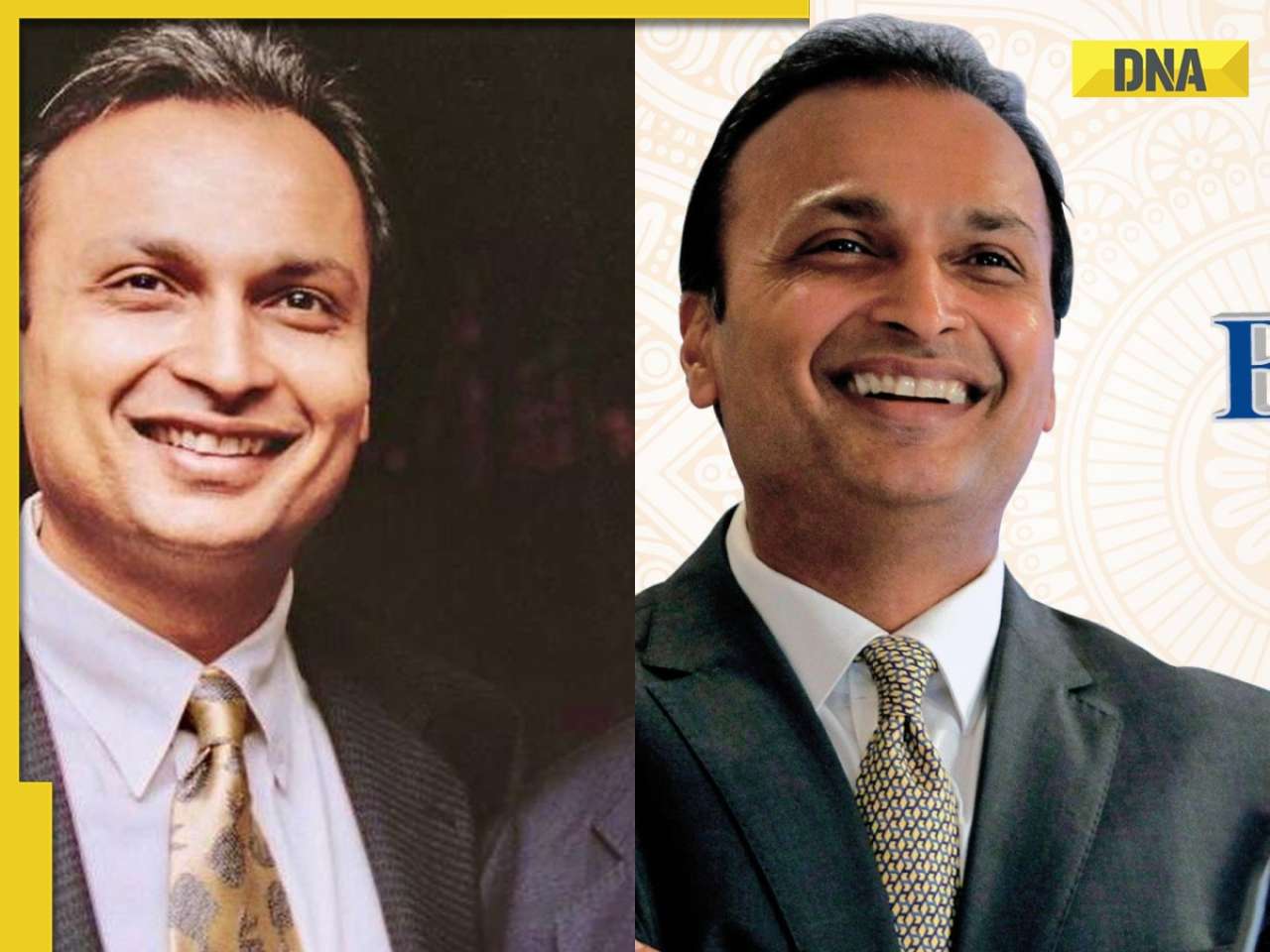 Anil Ambani's Reliance Infra, RPower make BIG move to raise Rs 18000 crore through...
Anil Ambani's Reliance Infra, RPower make BIG move to raise Rs 18000 crore through...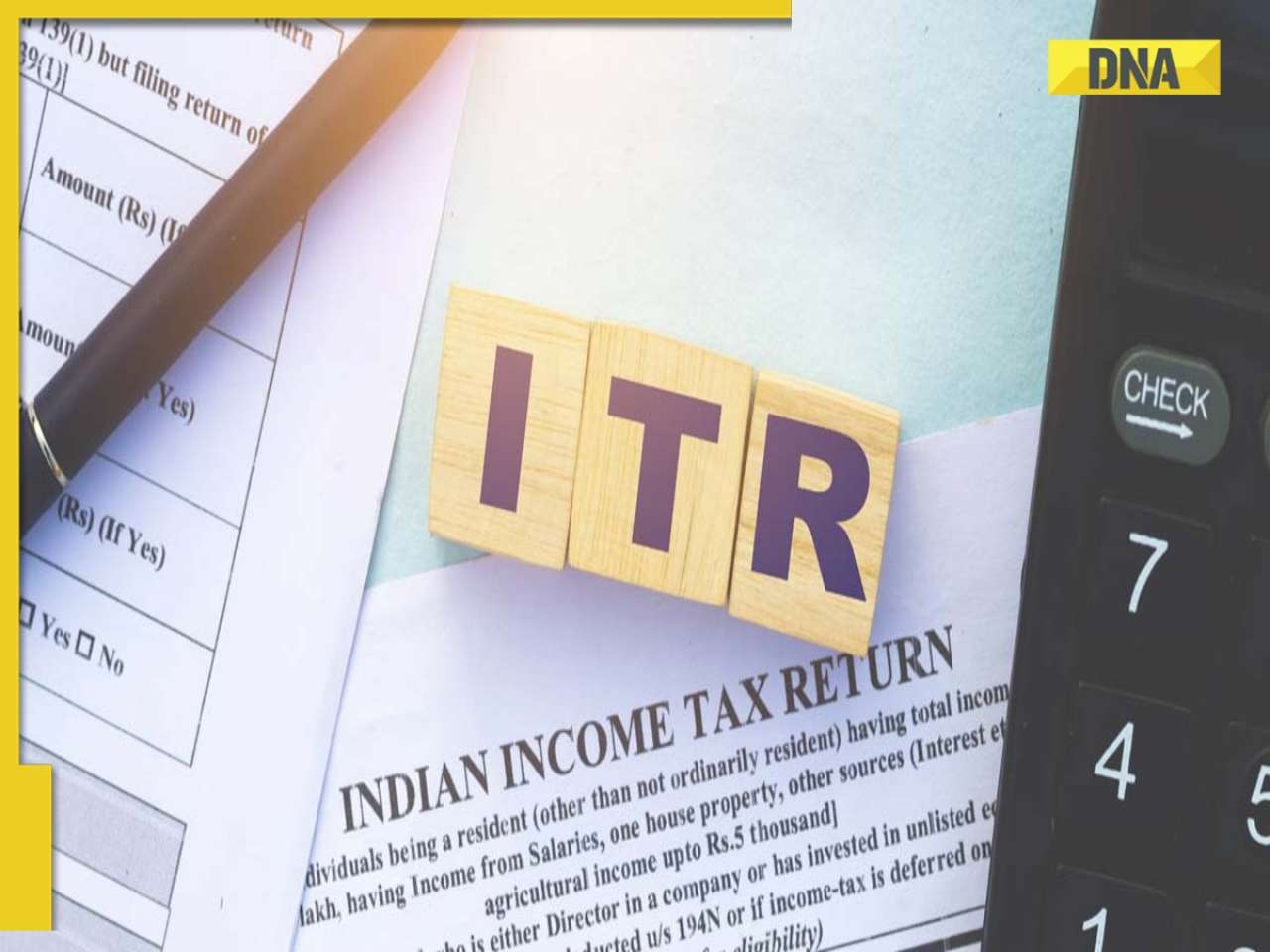 ITR Filing 2025: Don't panic if you receive Income Tax Department notice, take THESE steps...
ITR Filing 2025: Don't panic if you receive Income Tax Department notice, take THESE steps... Good news for TCS employees as Ratan Tata's firm announces 100 percent variable pay for THESE employees, check here
Good news for TCS employees as Ratan Tata's firm announces 100 percent variable pay for THESE employees, check here 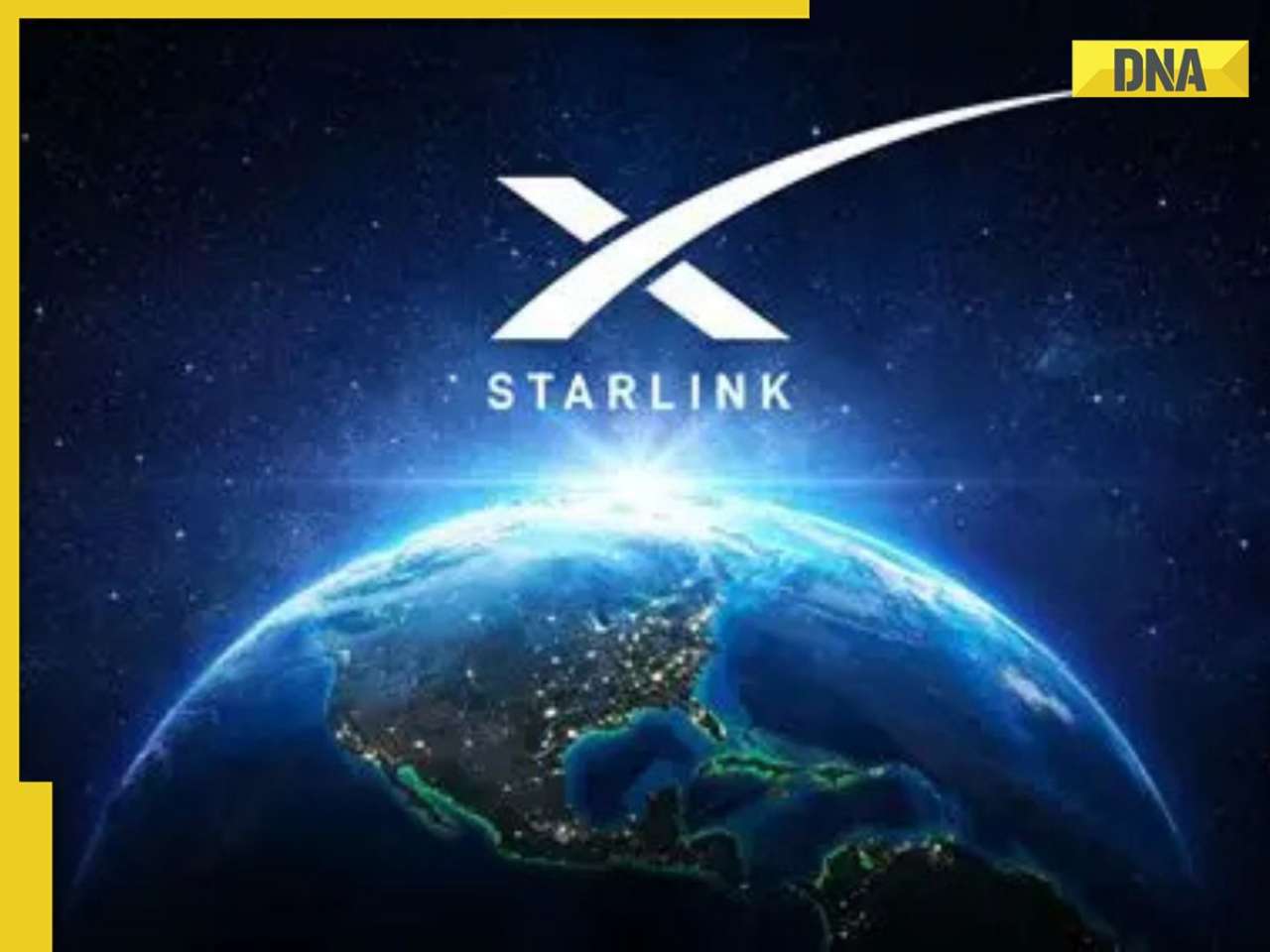 After approval, Starlink to offer fastest internet speed ranging from..., know what more it offers in India
After approval, Starlink to offer fastest internet speed ranging from..., know what more it offers in India  From Sheila Ki Jawani, Kala Chashma to Kamli: Katrina Kaif unforgettable dance numbers
From Sheila Ki Jawani, Kala Chashma to Kamli: Katrina Kaif unforgettable dance numbers  Is Katrina Kaif 'Runaway Bride' of Bollywood? 5 times actress has run away from weddings in films
Is Katrina Kaif 'Runaway Bride' of Bollywood? 5 times actress has run away from weddings in films World Snake Day 2025: Why are cobras the most dangerous snakes? List of world's 10 deadliest snakes
World Snake Day 2025: Why are cobras the most dangerous snakes? List of world's 10 deadliest snakes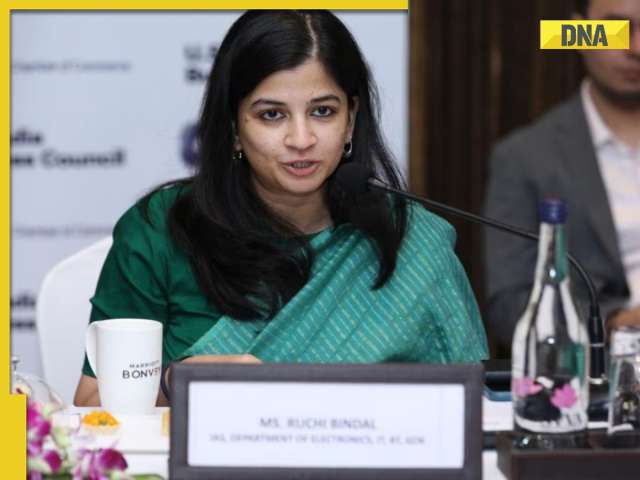 Meet woman who failed four times in UPSC exam and finally cracked it with AIR..., is now CEO of...
Meet woman who failed four times in UPSC exam and finally cracked it with AIR..., is now CEO of... 10 countries with most beautiful women in the world, Russia, USA, Greece, make it to the list, you won’t believe who’s number 1
10 countries with most beautiful women in the world, Russia, USA, Greece, make it to the list, you won’t believe who’s number 1 Delhi-Goa IndiGo flight makes emergency landing due to a mid-air engine failure
Delhi-Goa IndiGo flight makes emergency landing due to a mid-air engine failure Who is Aditya Saurabh? Cracked UPSC with impressive AIR, became IRS officer, now arrested for...
Who is Aditya Saurabh? Cracked UPSC with impressive AIR, became IRS officer, now arrested for... 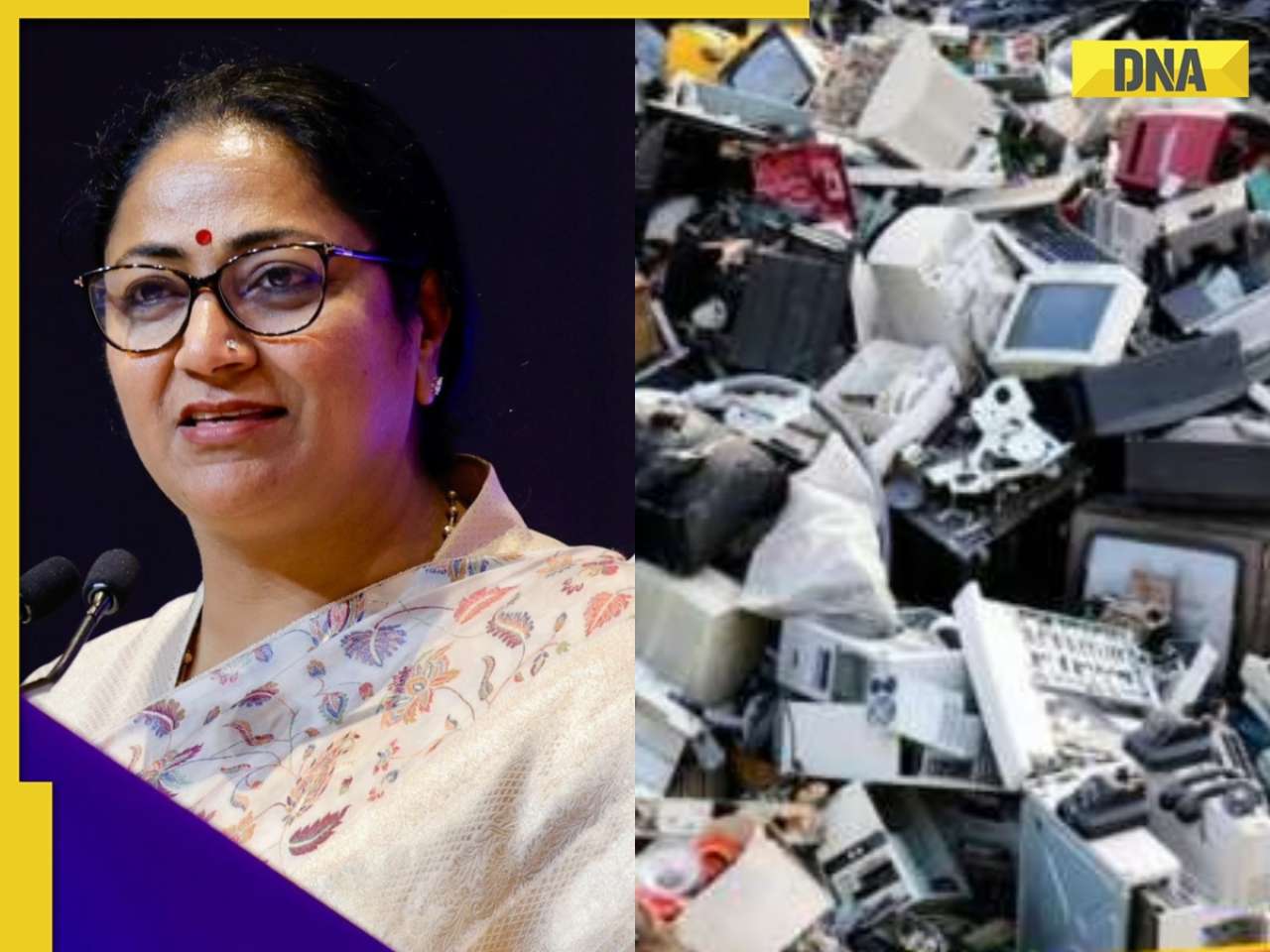 Delhi set to launch India's first net-zero e-waste park in...; its cost is Rs...
Delhi set to launch India's first net-zero e-waste park in...; its cost is Rs...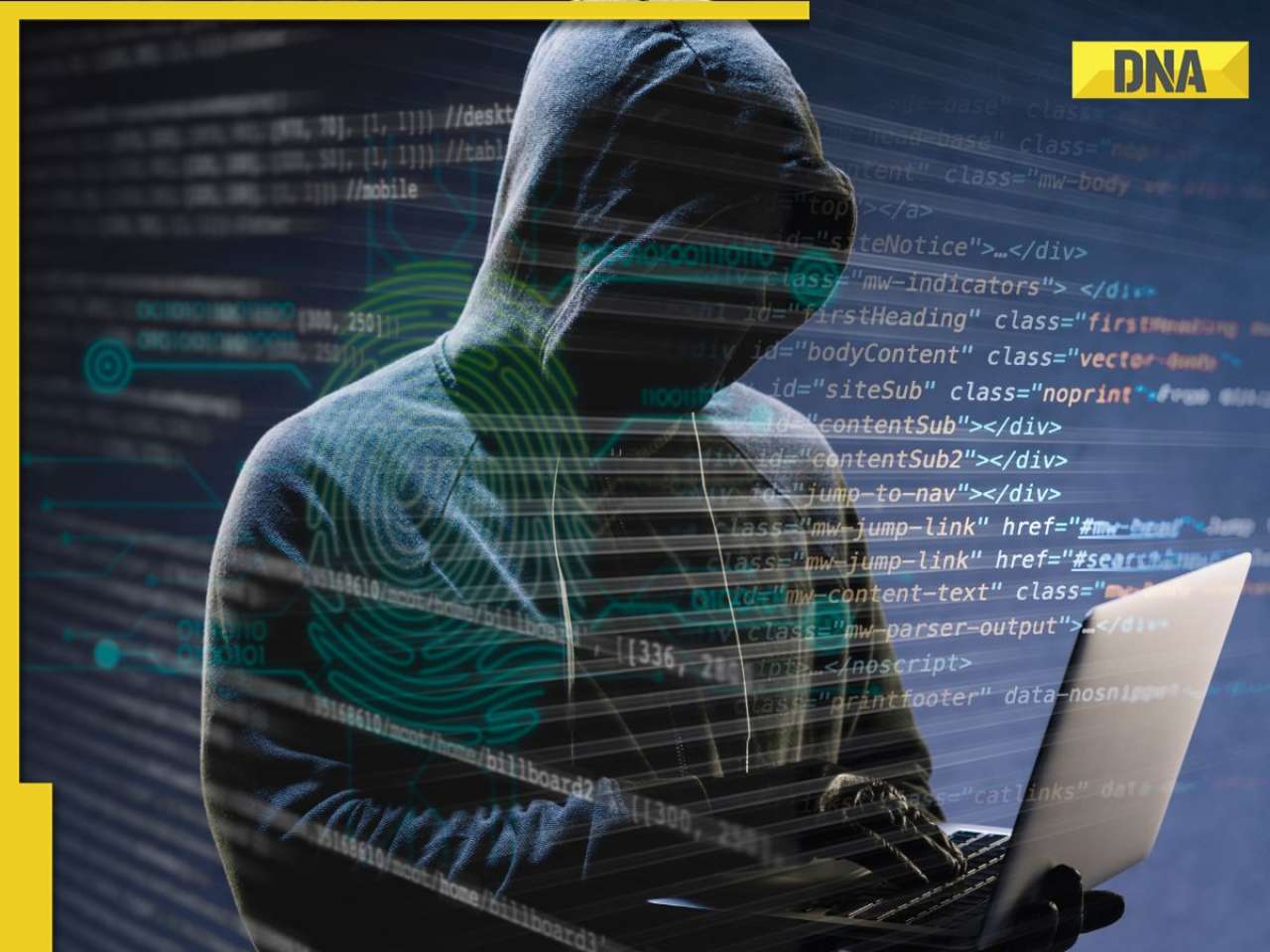 Delhi Police makes SHOCKING statement, bomb threat emails sent to schools and colleges via..., makes difficult to probe due to...
Delhi Police makes SHOCKING statement, bomb threat emails sent to schools and colleges via..., makes difficult to probe due to...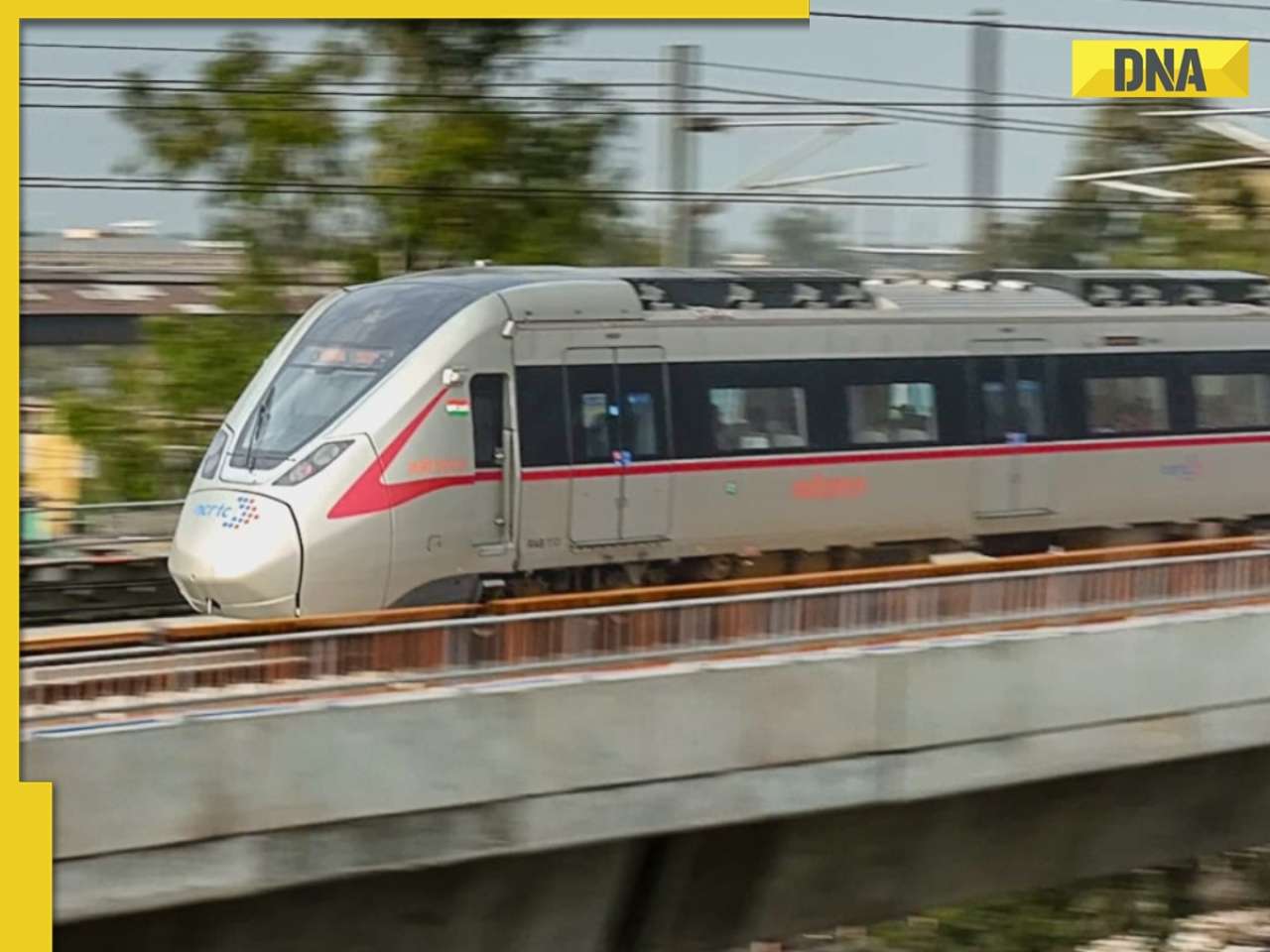 Delhi-Meerut RRTS: Good news for commuters as 3 more Namo Bharat stations to be operational soon, they are...
Delhi-Meerut RRTS: Good news for commuters as 3 more Namo Bharat stations to be operational soon, they are... Meet woman, daughter of DTC bus driver, a JNU alumna who battled financial woes, later cracked UPSC with AIR..., she is...
Meet woman, daughter of DTC bus driver, a JNU alumna who battled financial woes, later cracked UPSC with AIR..., she is... Meet woman, DU grad, who cleared UPSC in her last attempt with AIR..., later became IAS officer, is 'perfect example of beauty with brain', she is...
Meet woman, DU grad, who cleared UPSC in her last attempt with AIR..., later became IAS officer, is 'perfect example of beauty with brain', she is...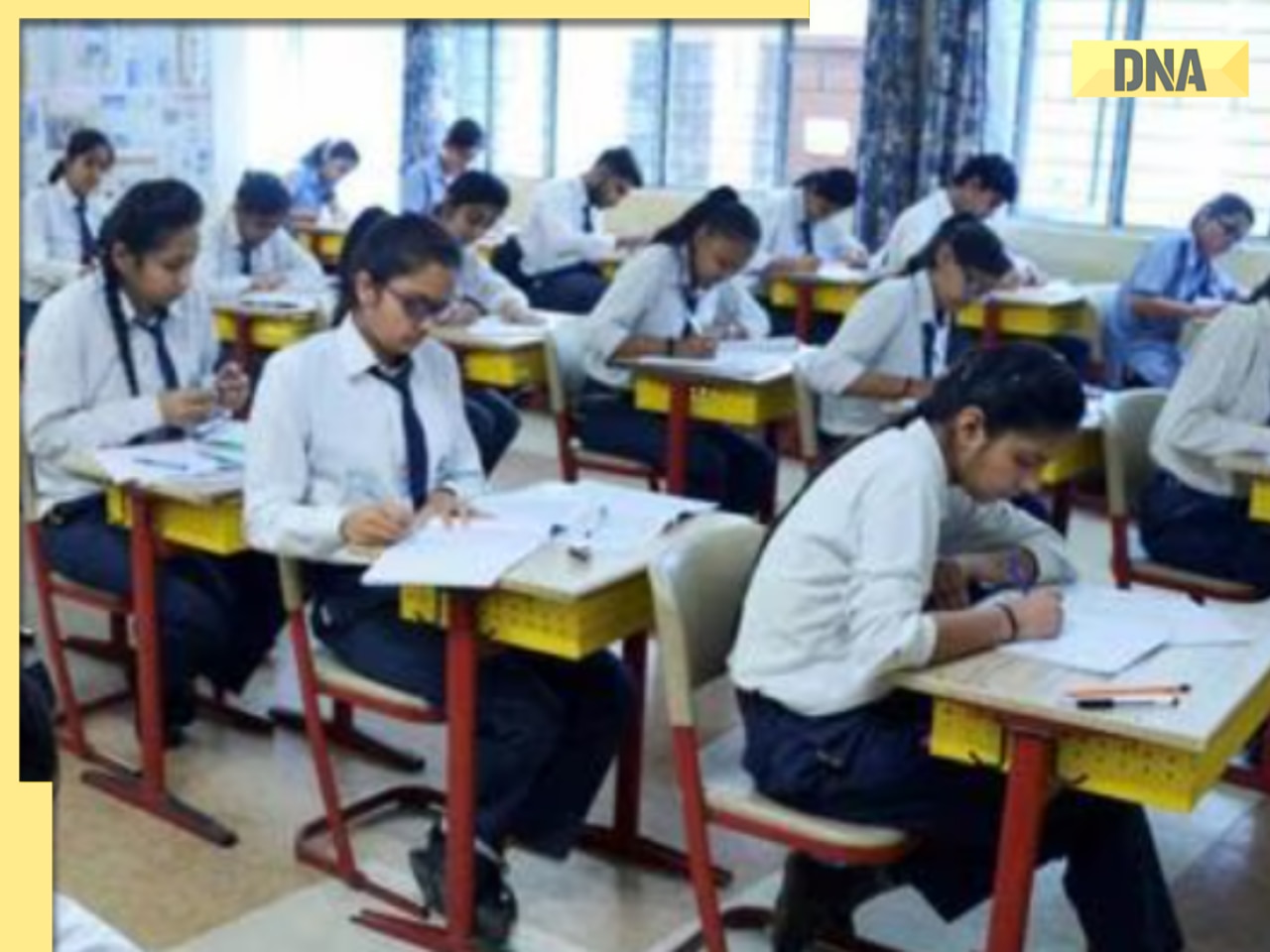 CBSE pushes for 'Oil Boards’, healthy meals in new circular to schools: Check details
CBSE pushes for 'Oil Boards’, healthy meals in new circular to schools: Check details This college records Rs 10000000 placement package for 2025 batch, not IIT Delhi, IIT Bombay, IIM Ahmedabad, it is...
This college records Rs 10000000 placement package for 2025 batch, not IIT Delhi, IIT Bombay, IIM Ahmedabad, it is... Meet man, who worked as waiter, later cracked UPSC exam in 7th attempt with AIR...
Meet man, who worked as waiter, later cracked UPSC exam in 7th attempt with AIR... This luxury car is first choice of Indians, even left BMW, Jaguar, Audi behind in sales, it is...
This luxury car is first choice of Indians, even left BMW, Jaguar, Audi behind in sales, it is...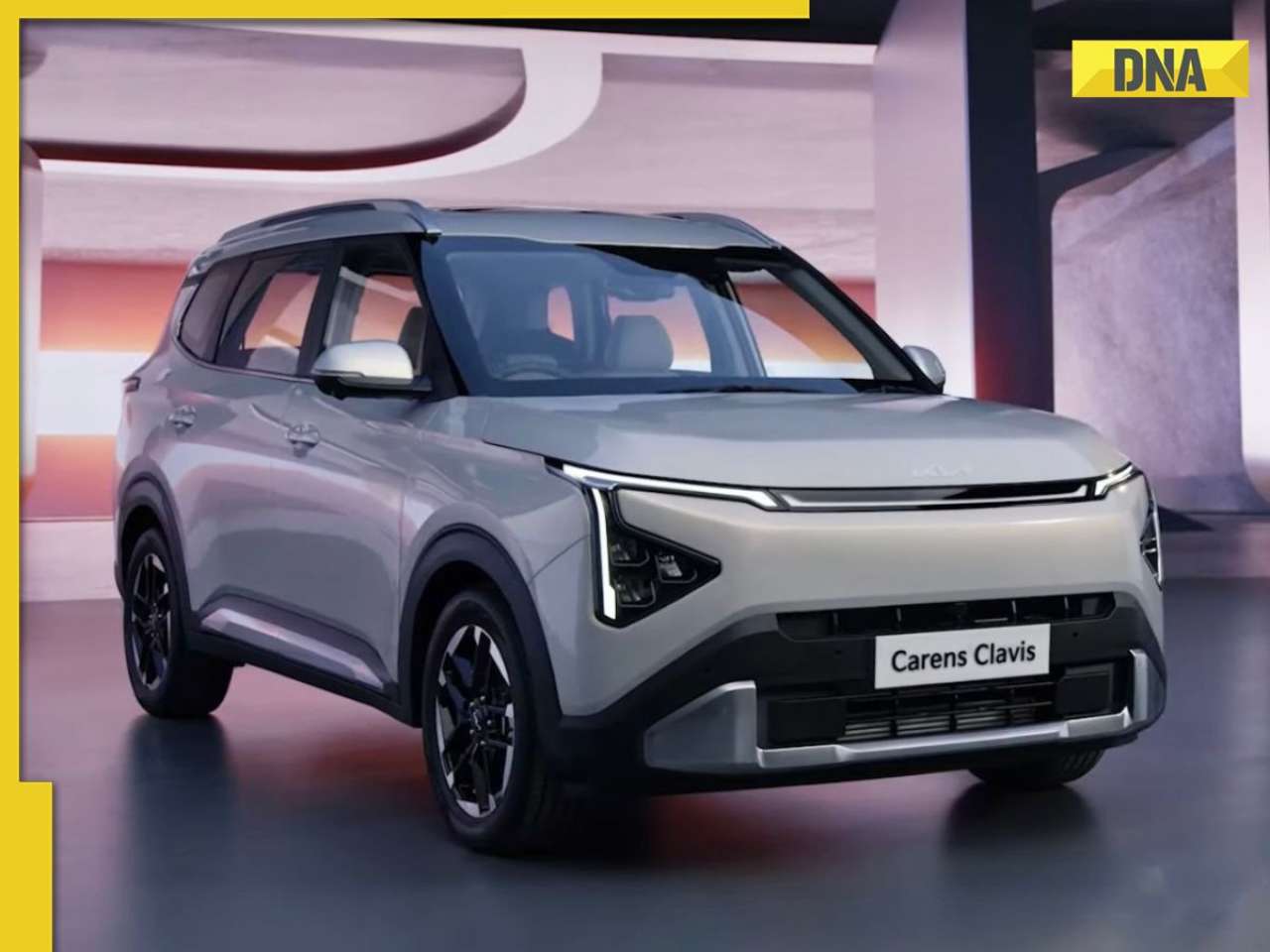 Kia India unveils Carens Clavis: Check features, design changes, price and more; bookings open on...
Kia India unveils Carens Clavis: Check features, design changes, price and more; bookings open on... Tesla CEO Elon Musk launches most affordable Cybertruck, but it costs Rs 830000 more than older version, it is worth Rs...
Tesla CEO Elon Musk launches most affordable Cybertruck, but it costs Rs 830000 more than older version, it is worth Rs...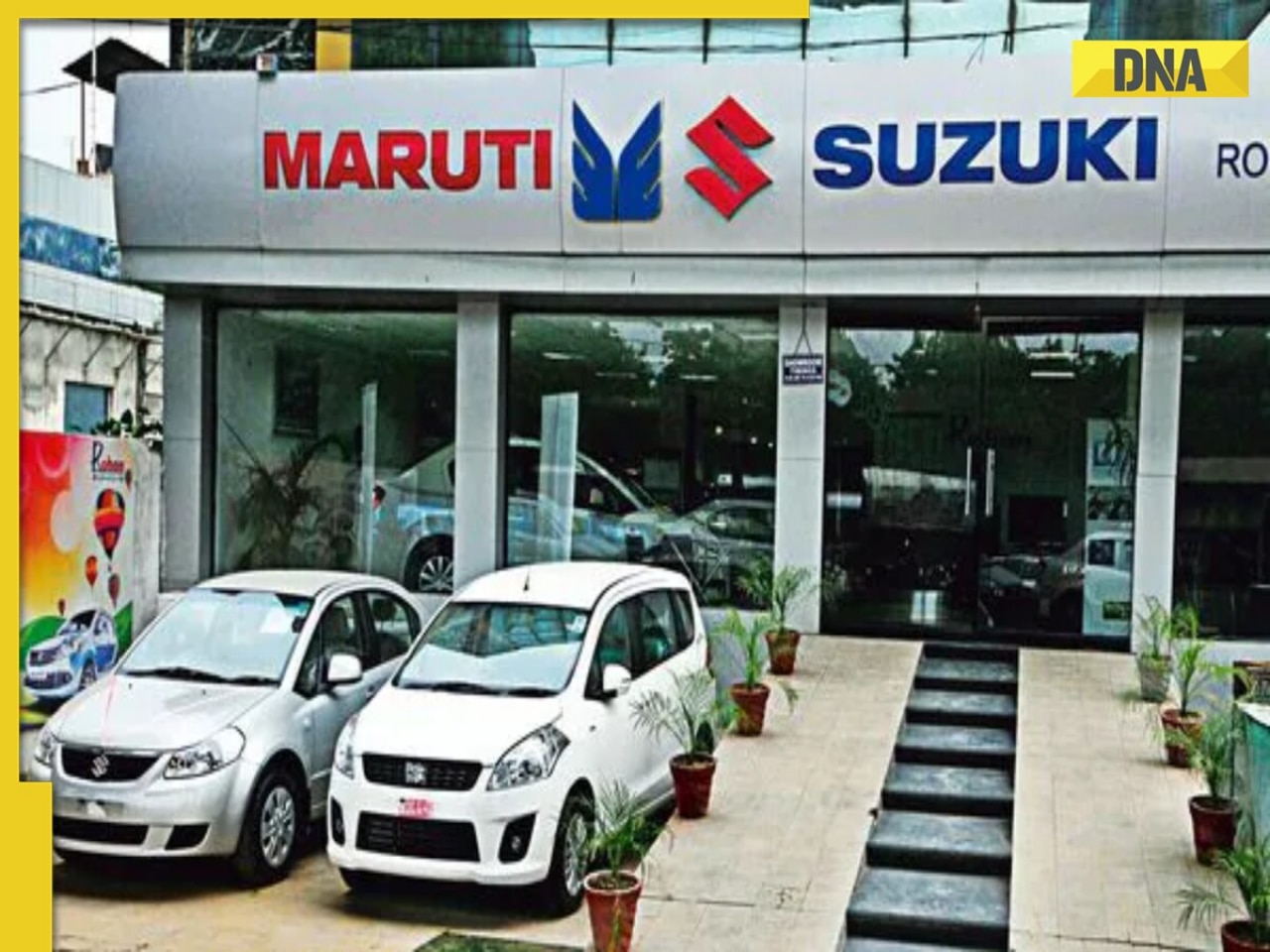 Planning to buy a Maruti Suzuki car? Prices set to rise by 4% from...
Planning to buy a Maruti Suzuki car? Prices set to rise by 4% from... Audi launches Audi RS Q8 2025 in India: Know price, specifications and unique features
Audi launches Audi RS Q8 2025 in India: Know price, specifications and unique features 




)
)
)
)
)
)
)
)
)
)
)
)
)
)
)
)









